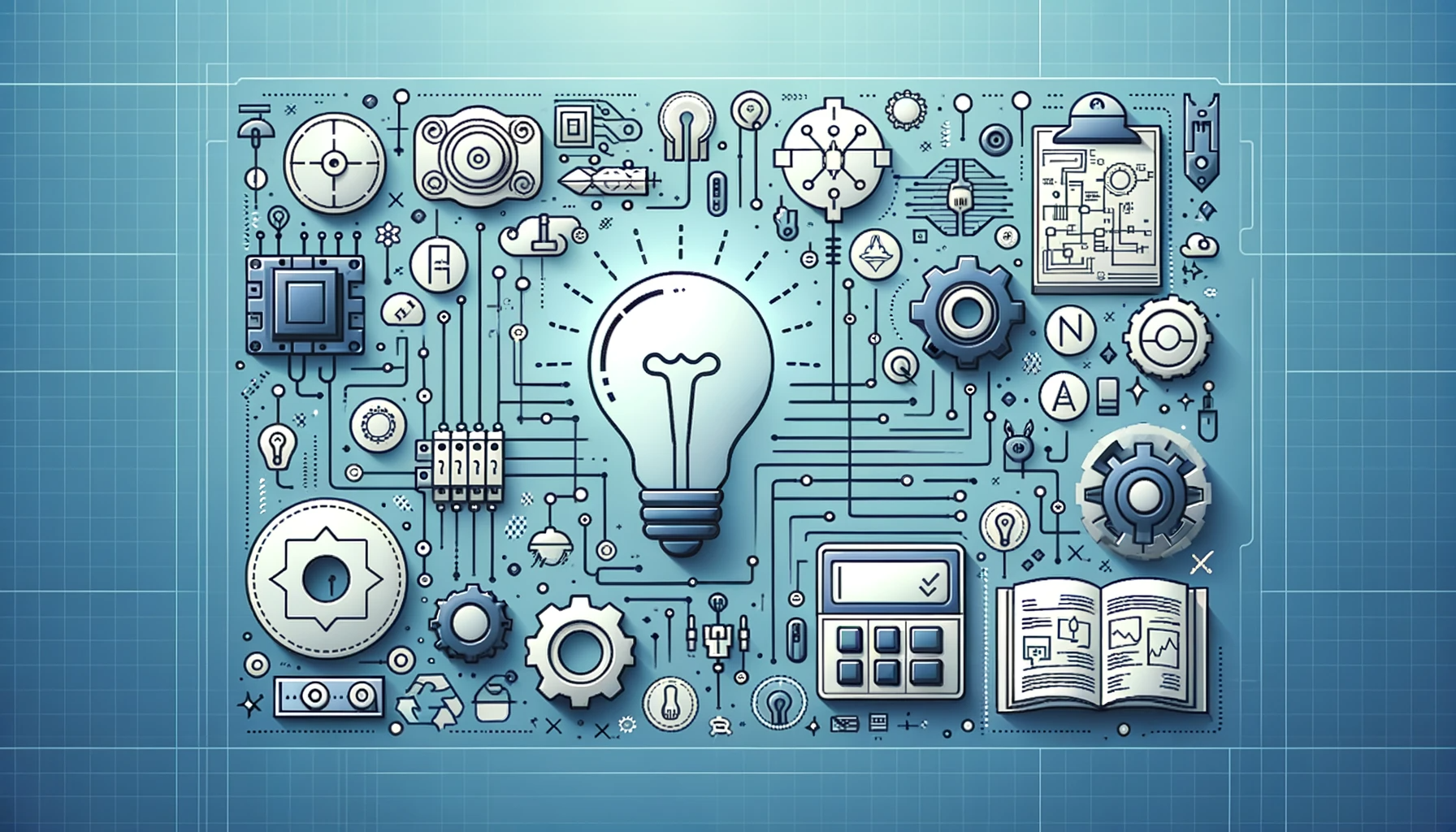Optimizing Industrial Electrical Design for High-Demand Operations
Optimizing Industrial Electrical Design for High-Demand Operations
Blog Article
Ingenious Electric Design Solutions for Modern Infrastructure
The advancement of modern facilities requires cutting-edge electric design solutions that not just enhance functional efficiency however additionally address sustainability challenges. As city settings expand significantly complex, including innovations such as smart grids and renewable power sources ends up being paramount. These improvements not only promise to enhance energy consumption yet additionally foster resilience against future needs. The landscape of electric design is undertaking fast improvement, motivating a better assessment of emerging fads and their ramifications for long-lasting facilities practicality. What might the future hold for those who welcome these cutting-edge techniques?
Relevance of Innovative Electric Design
Ingenious electric design plays an important role in modern-day facilities, influencing not only effectiveness but also sustainability. As cities develop and the demand for energy rises, the requirement for sophisticated electric systems becomes paramount. These systems must not only satisfy existing demands yet additionally expect future growth and technical improvements.
A well-executed electrical design can dramatically minimize energy intake, thereby decreasing functional prices and lessening environmental effect. By incorporating sustainable energy resources, such as solar panels and wind generators, ingenious designs can enhance energy independence and strength. Smart grid modern technologies allow for real-time surveillance and administration of energy circulation, enhancing efficiency and decreasing waste.
Safety is one more important aspect of electric design. Applying advanced modern technologies and rigorous criteria can reduce threats linked with electric failings, ensuring a protected atmosphere for organizations and homeowners alike. Furthermore, cutting-edge layouts help with flexibility, allowing frameworks to integrate emerging innovations effortlessly.
Secret Patterns in Electrical Design
As the landscape of electrical design remains to advance, a number of vital fads are forming the future of the market. One considerable fad is the integration of clever modern technology into electrical systems. The expansion of the Web of Points (IoT) has made it possible for real-time monitoring and control of electrical gadgets, boosting performance and helping with anticipating upkeep.
An additional trend is the growing focus on modular design. This technique enables for flexible and scalable remedies, allowing infrastructure to adjust to altering demands without extensive improvements. Furthermore, using advanced simulation devices and Structure Details Modeling (BIM) is coming to be significantly common, improving the design process and boosting partnership among stakeholders.
Moreover, developments in materials scientific research are bring about the growth of lighter, a lot more sturdy, and energy-efficient parts. This innovation is especially essential for high-performance buildings and framework jobs.
Last but not least, there is a marked change in the direction of data-driven decision-making - electrical engineering design services. Leveraging information analytics aids developers optimize systems for performance and cost-effectiveness. Together, these trends indicate a transformative era in electric design, enhancing performance, sustainability, and durability in modern-day facilities
Sustainable Energy Solutions
Sustainable power options are significantly becoming a vital focus in electrical design, showing a more comprehensive commitment to ecological obligation and resource effectiveness. These solutions aim to lessen environmental effect while maximizing power usage in numerous infrastructures, from household buildings to big industrial centers.
One of the primary approaches involves the assimilation of renewable resource resources, such as photovoltaic panels and wind generators, into electrical systems. This not just decreases dependency on fossil gas but additionally boosts power strength. Furthermore, cutting-edge energy storage space systems, such as innovative batteries, enable reliable administration and circulation of energy, guaranteeing that excess power generated throughout optimal manufacturing can be utilized during high demand durations.
Moreover, energy-efficient design techniques are being adopted to enhance overall system efficiency. This consists of making use of energy-efficient lights, a/c systems, and clever building modern technologies that keep an eye on and adjust power usage based on occupancy and environmental conditions.
Smart Grid Technologies
The implementation of sustainable power options normally brings about the expedition of clever grid technologies, which play a critical function in modernizing electric systems. Smart grids take advantage of progressed communication innovations and data analytics to enhance useful link the reliability, efficiency, and sustainability of electricity circulation. By incorporating digital innovation with standard grid infrastructure, these systems facilitate real-time monitoring, automated control, and boosted decision-making capacities.
One of the key features of clever grids is their capability to suit renewable resource sources, such as solar and wind power. This versatility not just minimizes reliance on fossil fuels but also permits a more decentralized power manufacturing design. In addition, clever grids allow demand feedback programs, where consumers can readjust their energy usage based on real-time rates, consequently promoting power conservation and lowering peak lots demands.
Additionally, wise grid technologies improve grid resilience by making it possible for quicker recognition and resolution of failures, inevitably lessening downtime. With predictive upkeep and analytics, utilities can maximize operations and boost solution delivery. As areas and cities remain to develop, clever grid innovations are essential for building a effective and lasting electric facilities that fulfills the demands of contemporary society.

Future-Proofing Facilities
To make sure long-lasting viability and flexibility, future-proofing framework is essential in the swiftly developing landscape of electric design services. As modern technology breakthroughs and energy needs change, it is important that electrical systems are created with important link flexibility in mind. This requires including scalable services that can suit future upgrades without requiring substantial overhauls.

Furthermore, sustainability should be a keystone of future-proofed styles. Making use of renewable resource resources, such as solar and wind, and optimizing energy performance minimize reliance on fossil gas, aligning with international initiatives to deal with environment adjustment.
Conclusion
Finally, ingenious electrical design solutions play a pivotal function fit modern facilities. By focusing on adaptability, efficiency, and sustainability, these solutions resolve the evolving needs of power systems. The assimilation of clever grid technologies and lasting power remedies boosts resilience and reduces functional costs. Future-proofing infrastructure with sophisticated simulation tools and modular strategies makes sure that electric systems stay receptive to changing demands, ultimately adding to an extra lasting and energy-independent future.
A well-executed electrical design can dramatically lower power intake, therefore reducing functional prices and minimizing ecological effect. By incorporating eco-friendly power resources, such as solar panels and wind turbines, innovative layouts can enhance energy self-reliance and resilience. In addition, ingenious energy storage systems, such as advanced batteries, make it possible for effective management and circulation of power, ensuring that excess energy created throughout optimal production can be made use of during high demand periods.
Clever grids enable need reaction programs, where customers can change their power usage based on real-time rates, thus promoting energy preservation see post and decreasing peak lots demands. (electrical engineering design services)
As technology developments and energy demands shift, it is important that electric systems are developed with versatility in mind.
Report this page